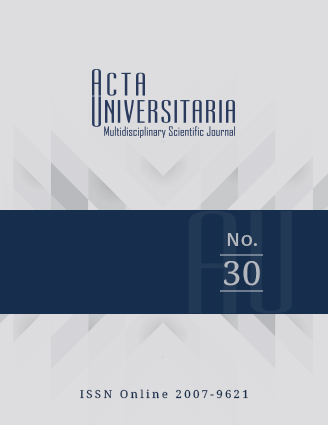Degradability and in vitro methane production of tree and shrub foliage with potential in ruminant nutrition
Published 2020-06-24
How to Cite
Abstract
The objective of the study was to determine the nutritional value, ruminal fermentation, and in vitro methane production of foliage of tree and shrubs species with forage potential as feeding strategies in dry season and mitigation of methane emissions. The rumen liquor was taken by an esophageal tube. A repeated block design overtime was used. The content of crude protein (CP) and neutral and acid detergent fiber ranged from 6.14% to 21.78%, 44.34% to 77.43% and 16.12% to 49.53% of dry matter (DM). No difference was found in the maximum volume of gas (p > 0.05). The degradability was different among species, and it was higher for Tithonia diversifolia (760.40 g/kg DM), Morus alba (800.66 g/kg DM) and Hibuscus rosa-sinensis (800.16 g/kg DM), whilst the lower was for Megathyrsus maximus (390.40 g/kg DM and 287.40 g/kg organic matter (OM)) (p < 0.05). No difference in methane (CH4) production was observed (p > 0.05). It is concluded that L. leucocephala, P. piscipula, B. alicastrum and G. ulmifolia, T. diversifolia, and M. alba have a high potential to be included in the ruminant diet as sources of protein in the dry season and strategies to mitigate methane emissions.

